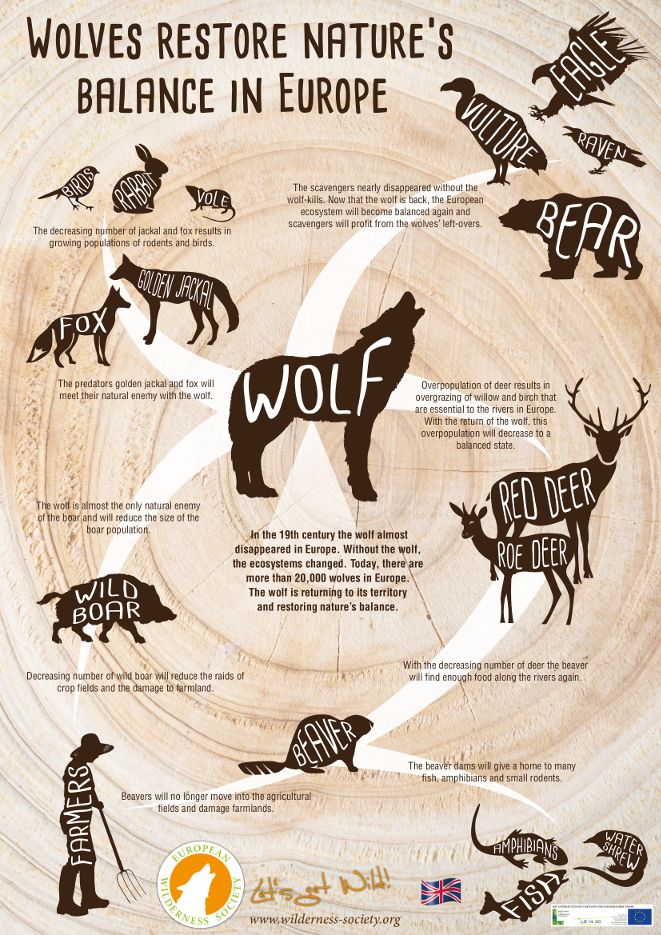Vegan contribution to dog and wolf diet speculated
Voyageurs Wolf Project again delivered evidences about another rare behavior, discovering not only local gray wolf individuals eating berries purposefully, but also regurgitating them to their pups.
The basic question is to WHY those wolves eat fruits.


